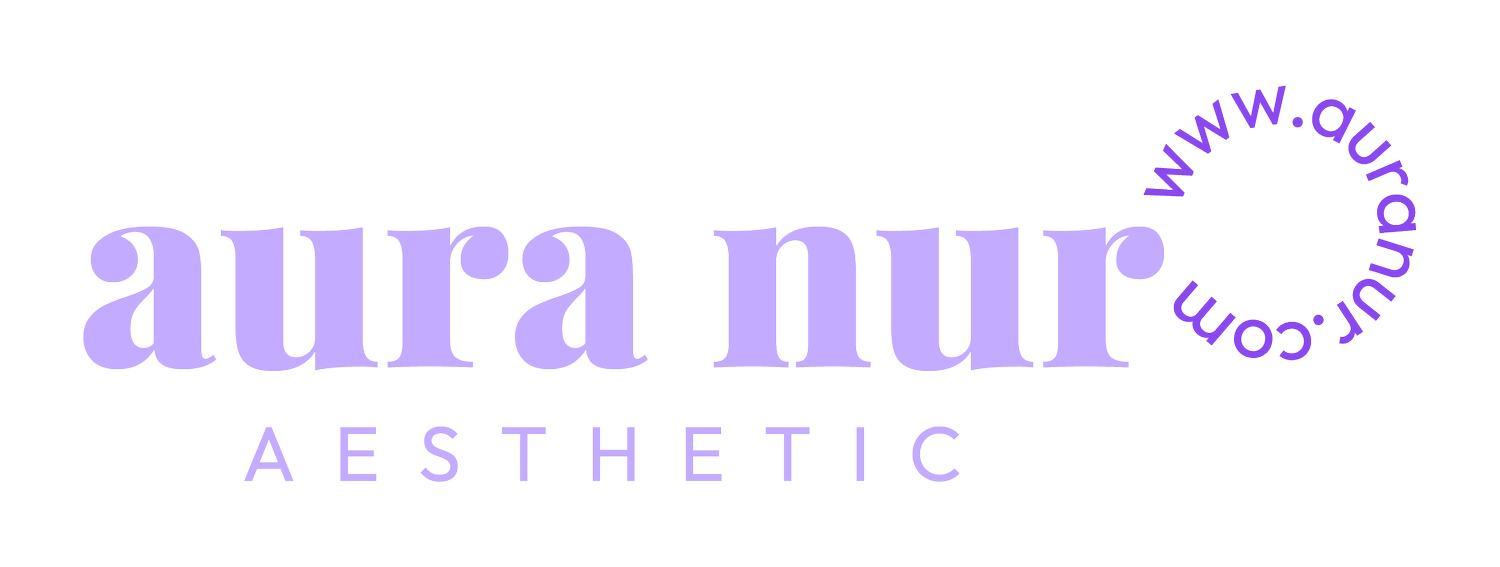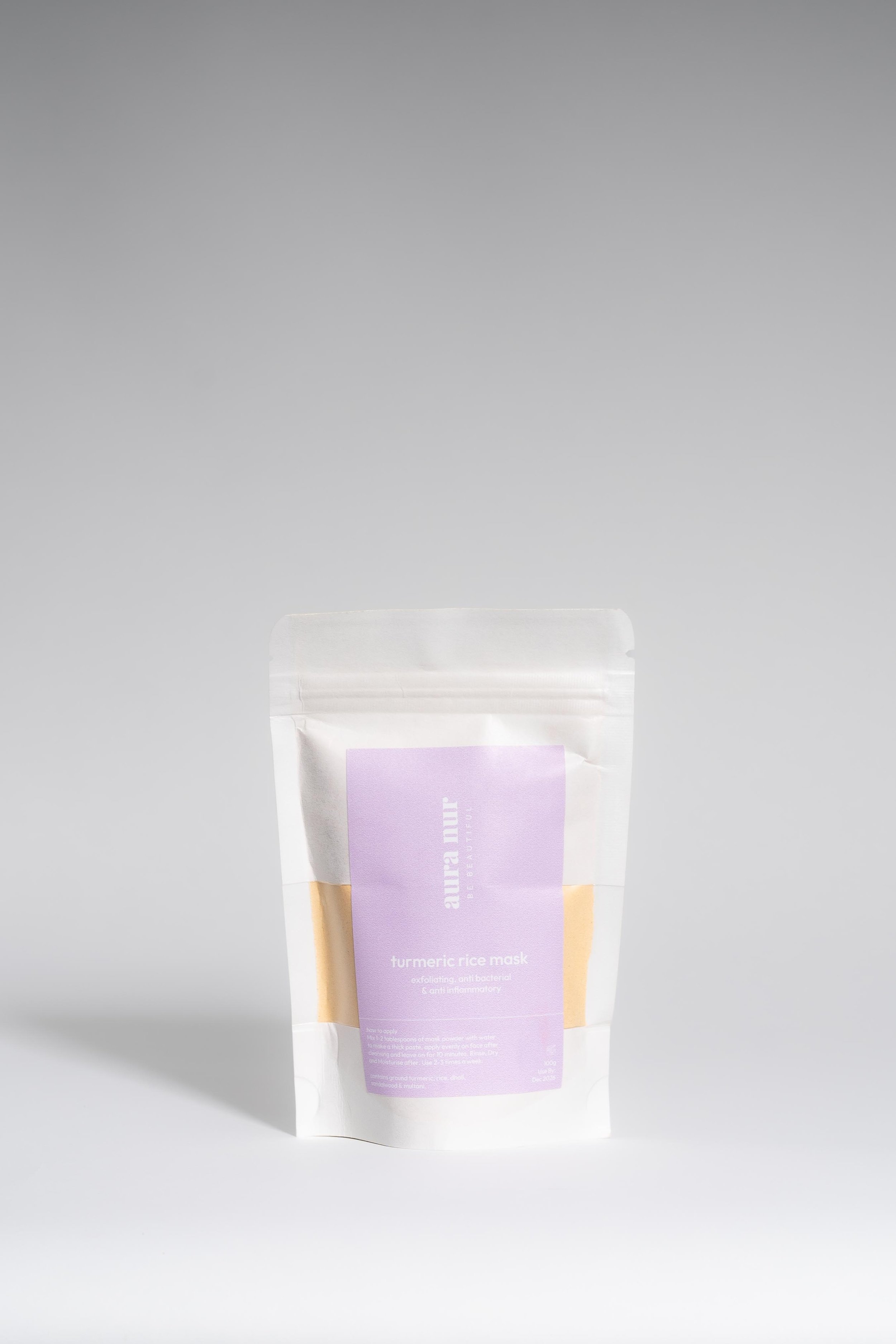‘Traditional’ VS ‘Western’ Beauty Facial Treatments
When it comes to beauty treatments, there are a plethora of options available, each with its own unique approach and cultural influences. In this blog post, we will delve into the world of 'Traditional’' and 'Western' beauty treatments, exploring the contrasting philosophies and techniques that define these two approaches.
So, let's embark on this journey to explore the traditions, philosophies, and techniques behind 'Traditional ' and 'Western' facial treatments, discovering the beauty rituals that have captivated cultures around the world.
Understanding Traditional Beauty Treatments
These traditional treatments are deeply rooted in the cultural heritage of Southeast Asia. They reflect the holistic approach to skincare that has been passed down through generations by embracing natural ingredients, time-honoured techniques, and cultural rituals to promote healthy and radiant skin.
These treatments have their origins in the diverse ethnicities and traditional healing practices combining Malay, Chinese, and Indian influences. They also adopt a holistic approach that considers the connection between the mind, body, and skin. It also relies on the abundant natural resources, such as herbs, spices, tropical fruits, and flowers. These ingredients are known for their healing properties and are used in various forms, including herbal pastes, infused oils, and floral waters.
Traditional Beauty Treatments
Here are some well-known traditional treatments that are commonly done in Southeast Asia. If you grew up here, you would’ve probably heard of most of these beauty treatments:
Totok Wajah
Totok Wajah is a traditional Malay facial treatment that involves precise acupressure and massage techniques. It focuses on specific pressure points on the face to stimulate energy flow, improve blood circulation, and promote skin rejuvenation.
Totok Wajah is believed to help alleviate facial tension, enhance natural radiance, and promote overall well-being.
Gua Sha
This massage technique, originating from traditional Chinese medicine, gained popularity during the lockdown and has since become a common practice in beauty routines worldwide.
Gua sha involves using a flat tool to scrape the skin, which can enhance circulation, promote lymphatic drainage, and reduce skin puffiness. It may also temporarily sculpt and tone the face by eliminating lymphatic fluid.
Turmeric
Turmeric is a spice commonly used in Malay and Indian cuisine, but it is also an essential component in many Indian beauty rituals. Its anti-inflammatory and antibacterial properties are highly regarded.
Turmeric is often combined with other ingredients to create facial masks; like our Turmeric Rice Mask which exfoliates and offers numerous skin benefits.
Body Sauna
Saunas, specifically traditional steam baths, have a long history in Southeast Asia. Saunas were initially used as a means of bathing and provided a space for socialising, relaxation, and promoting overall well-being through the heat and steam generated by heating stones.
Try our Back Body Tranquility Detox which helps to soothe muscle joints and prevent chronic backaches.
These examples highlight the traditional practices and natural ingredients that are integral to Traditional beauty treatments. They showcase the deep connection between nature, culture, and skincare, offering a unique and holistic approach to nurturing the skin.
Traditional VS Western Beauty Treatments
When comparing Traditional Malay and Western facial treatments, it's essential to understand their distinct philosophies, techniques, and cultural influences. Here, we highlight the key differences between these two approaches:
Traditional
Emphasises a holistic approach and overall well-being that considers the deep connection between the mind, body, and skin with nature. They prioritise maintaining radiance, and restoring balance & harmony with natural ingredients and cultural rituals.
Relies on natural ingredients sourced from local herbs, spices, fruits, and flowers. Techniques such as gentle massages, acupressure, and herbal pastes are used to promote blood circulation, relaxation, and the absorption of beneficial ingredients.
Western
Focuses on scientific advancements and clinical effectiveness. They aim to address specific skin concerns through evidence-based practices and advanced technologies.
Integrates medical-grade products and advanced techniques like microdermabrasion, chemical peels, and laser therapy. These approaches target specific concerns and leverage scientific formulations to achieve desired results.
Approaches skincare as a targeted solution for specific concerns. They strive for measurable results and often employ a combination of scientific research, advanced techniques, and clinical-grade products.
So, what would be the best for me?
The question of whether Traditional treatments or Western facial treatments are better is subjective and dependent on individual preferences, skin concerns, and desired outcomes. Both approaches have their own merits and advantages.
Ultimately, the "better" treatment depends on personal preferences, skincare goals, and individual circumstances. Some individuals may prefer the cultural significance and natural ingredients of Traditional treatments, while others may prioritise the precision and targeted results offered by Western treatments. It is recommended to explore and understand the characteristics of each approach, consult with skincare professionals, and consider factors such as skin type, concerns, accessibility, and budget when making a decision.
However, we’d recommend combining elements of both Traditional and Western treatments.
Exploring the world of beauty treatments reveals a diverse array of options, each with its own merits and cultural influences.
Regardless of the chosen path, the ultimate goal is to promote healthy, radiant skin and enhance one's self-confidence. Whether embracing the cultural traditions of Traditional treatments or the technological advancements of Western treatments, the journey towards achieving optimal skincare is an opportunity to nurture and care for oneself. Individuals can also opt for a combination of both approaches, harnessing the strengths of each to create a customised skincare routine that aligns with their unique needs and desired outcomes.
That’s all this week!
If you have any concerns regarding today’s topic, drop us a text,
call us or even book an appointment with us! We’re here for you :)




